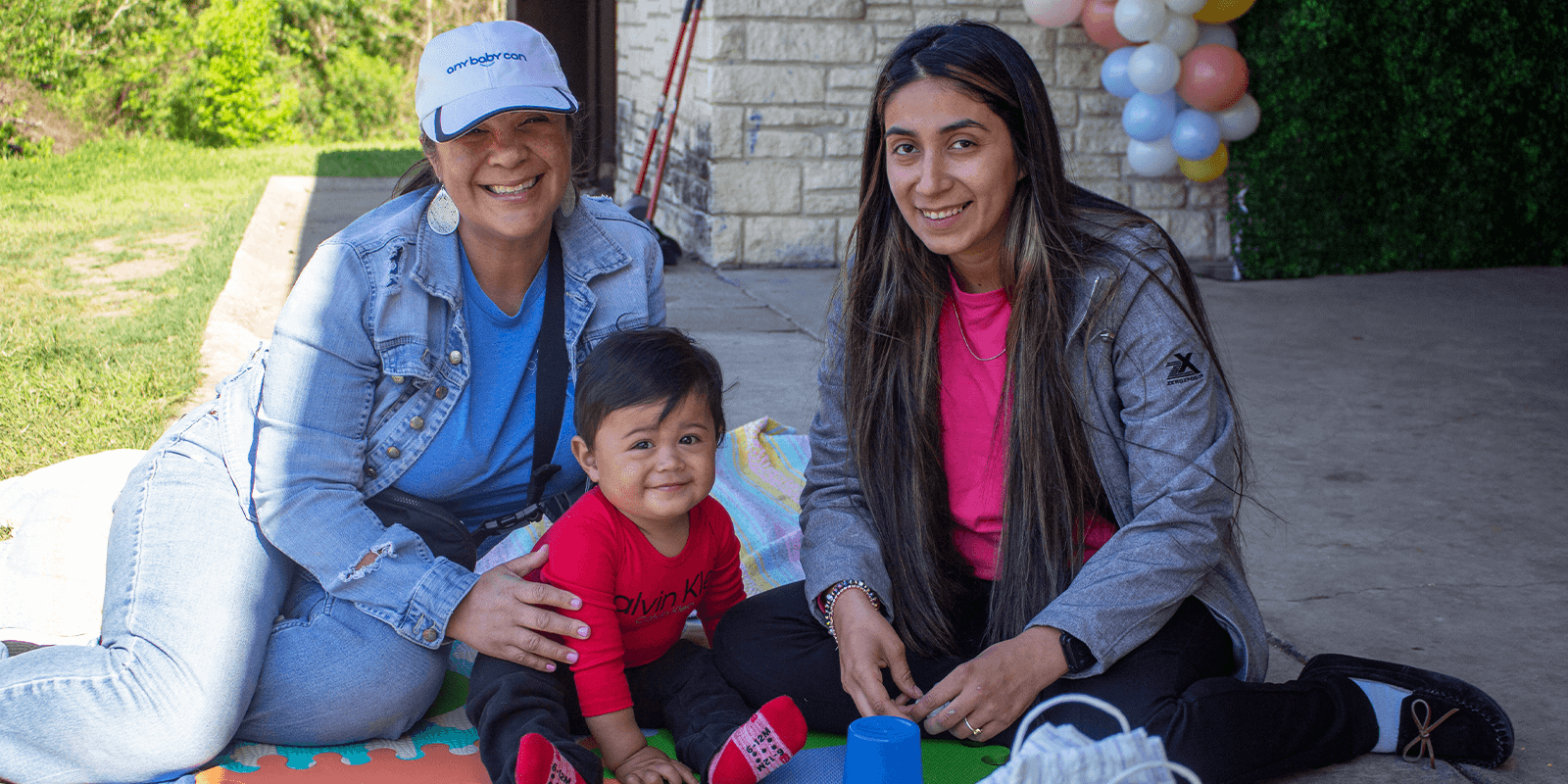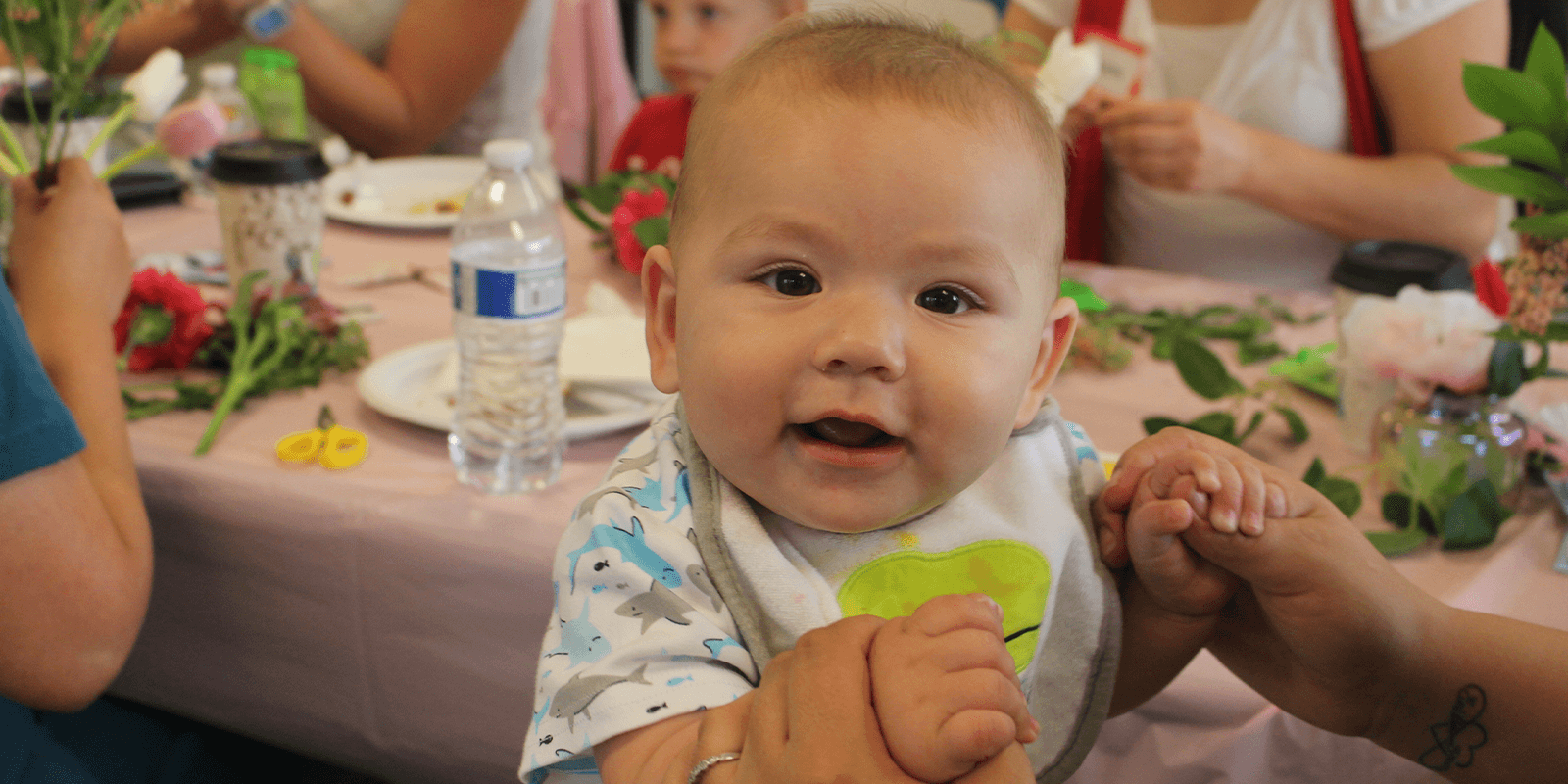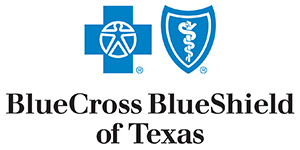Advocate for Your Body and Your Blood Pressure

Category: Parenting Tips
October 6, 2022
Getting pregnant comes with lots of changes! Both emotionally and physically. Moms can feel tired, achy and irritable. But how do you know if it’s normal or if there’s something going on that needs to be addressed?
Here are some important steps you can take to stay on top of your blood pressure.
High Blood Pressure in Pregnancy
High blood pressure during pregnancy can be risky to both mom and baby, and can develop into a more dangerous complication called preeclampsia. It’s important to identify this condition early and monitor regularly. Preeclampsia occurs in approximately 1 in 25 pregnancies. Women of color, especially Black women have a greater risk of dangerous outcomes to preeclampsia. This discrepancy is rooted not in race, but rather in systemic racism.
We want to empower moms to be in charge of their health and use their voice with confidence. And that begins with understanding what’s normal for your body, asking the right questions, and knowing when and how to express concern.
Healthy Pregnancy Starts with the Basics
Starting in early pregnancy, women should begin to pay extra attention to changes in their body. Be sure to:
- Receive prenatal care with a clinic, usually around 8 weeks of pregnancy,
- Check your blood pressure daily to know what’s normal for you
- Go to all of your prenatal doctor’s appointments
- Practice healthy habits to protect yourself and your baby such as a well-balanced diet, light exercise, quit smoking or using nicotine products, and getting plenty of rest.
Risk factors for preeclampsia include high blood pressure, type 1 or type 2 diabetes, kidney disease, autoimmune disorder, and carrying more than one baby. However, even women without these conditions may develop preeclampsia.
Personal Health Check
If you are at higher risk, take note of changes to your body on a daily basis. Each day, ask yourself these questions:
- Have I noticed any changes in the way I’m feeling or any new discomforts?
- Am I feeling more tired than usual? If so, am I getting enough sleep, drinking enough water, and moving around each day?
- Have I experienced any headaches, changes in vision, or abdominal pain?
- Do I have any new swelling? While swelling in the feet and ankles is normal, especially in the morning or late evening, any swelling of the face or hands can be worrisome.
Try adding these questions to your routine every evening. Put a post-it on your mirror or a notebook by your bedside, and take a minute to reflect on your body and mind. If you answer yes to any of the above questions, bring it up with your doctor or midwife as soon as possible.
Call your doctor right away if you have swelling in your feet, face, or hands, or nausea and vomiting, or rapid weight gain.
Go to the nearest emergency room immediately if you have a severe headache, changes in your vision or severe abdominal pain.
Using a Blood Pressure Monitor at Home
You can buy a blood pressure monitor at any local grocery store or pharmacy. They cost about $25 to $35, and some insurance companies and certain Medicaid plans cover the cost (just ask your doctor for a prescription for a monitor). If you don’t have a blood pressure monitor at home, local pharmacies have blood pressure stations that you can use for free.
- Before you begin, take off any jewelry from your hands, uncross your legs and sit comfortably.
- With your wrist facing up, place the monitor one to two inches from your wrist. You’ll want your wrist at heart-height; you can use a pillow or table to rest your arm.
- Press start, and while you’re checking blood pressure, try not to talk or move around.
If the top number is above 130 or the bottom number is above 80, you want to let your doctor know. If the top number is 140 or higher or the bottom number is 90 or higher, go to the emergency room right away.
Self-Advocacy in Pregnancy
With just a few key pieces of information, and knowing what questions to ask, you’ll be able to have more meaningful conversations with your doctor. If you feel your voice isn’t being heard, our nurses recommend the CUS method. State clearly:
I’m Concerned
I’m Uncomfortable
I’m Scared (or I don’t feel Safe)
In this scenario, it can look like this: I’m concerned about my blood pressure. I’ve been monitoring it regularly and it seems to be going up. I’m uncomfortable managing my blood pressure at home and I need to be seen by a doctor. I’m scared that I’m putting me or my baby at risk.
And clearly ask to have your concerns recorded in your medical record. This approach can get the attention of your doctor or nurse, and is an evidence-based method that has been shown to benefit marginalized individuals whose concerns aren’t being given adequate attention.
Through preventative practices like this, you can feel more confident and empowered in your pregnancy.
Home Visit: Blood Pressure Monitoring
Share:
Share:
Share:
RELATED RESOURCES
Nurse-Family Partnership
First-time moms are matched with a registered nurse to bring answers, guidance and confidence.
Meant to Be My Nurse
When our nurse confirmed that this young mom’s blood pressure was too high, she told her that she needed to go to the hospital.
Inequities in Maternal Health
A mom's courage and strength shines in the face of obstacles during her pregnancy, and highlights disparities in health care.





